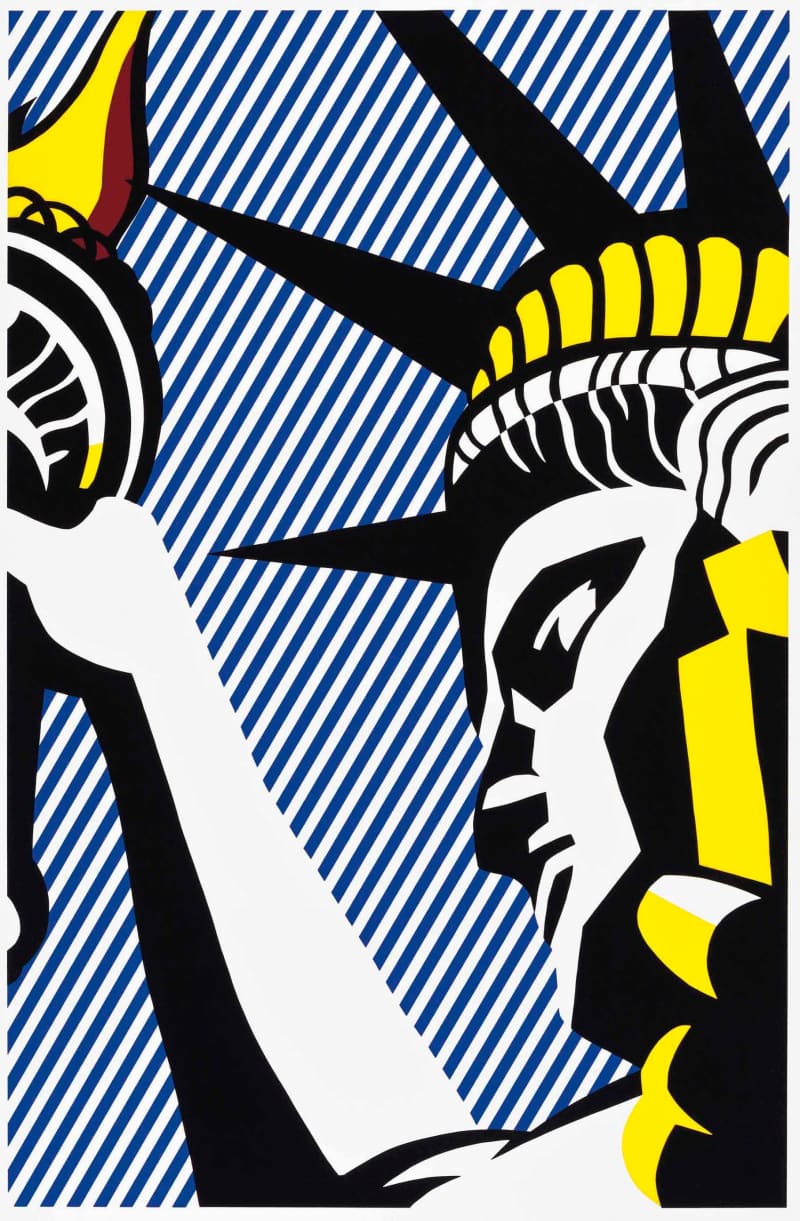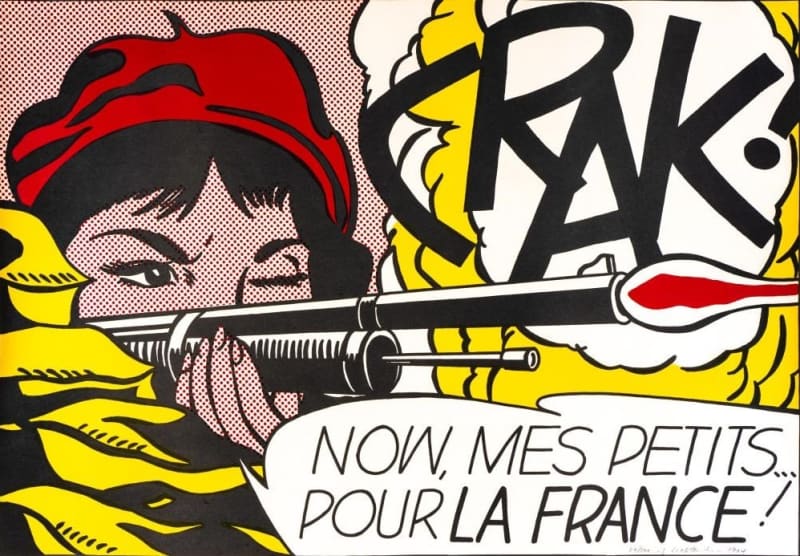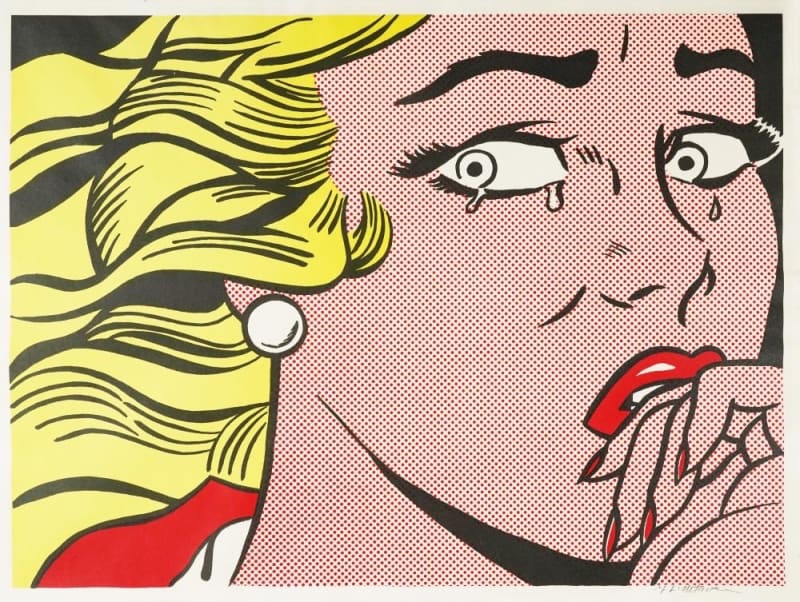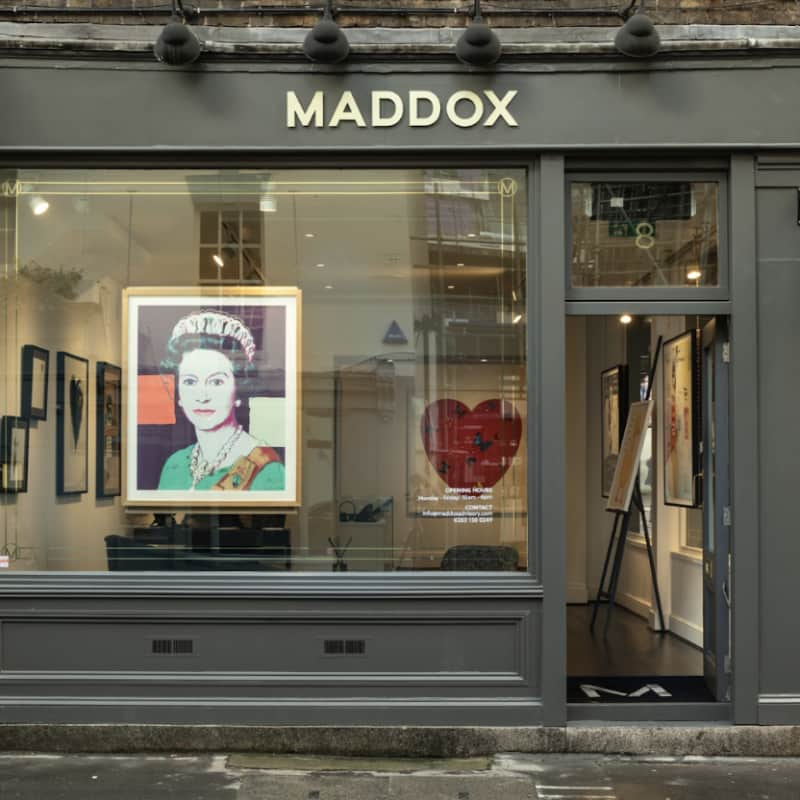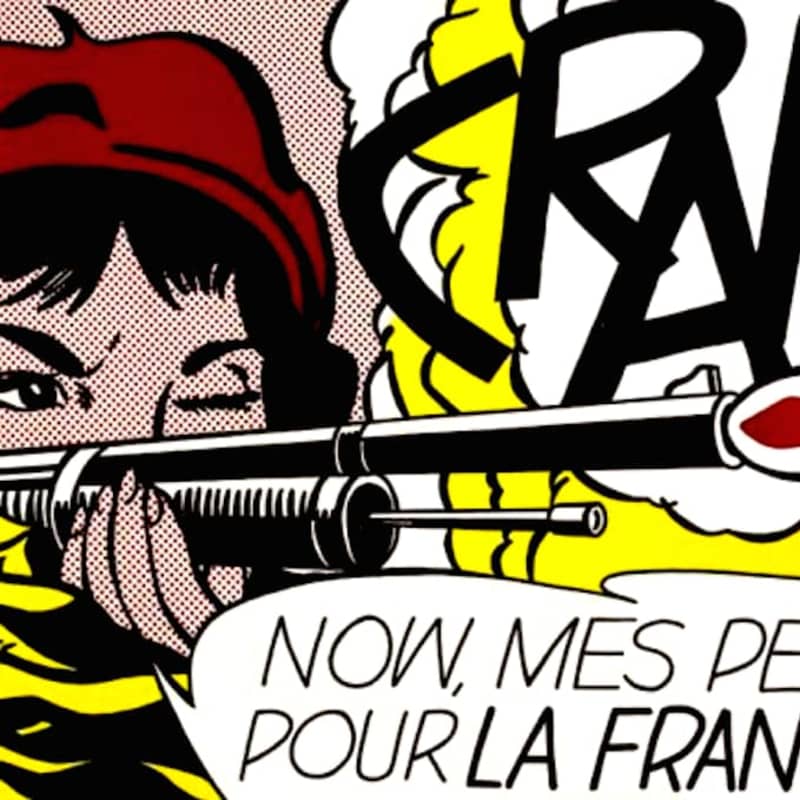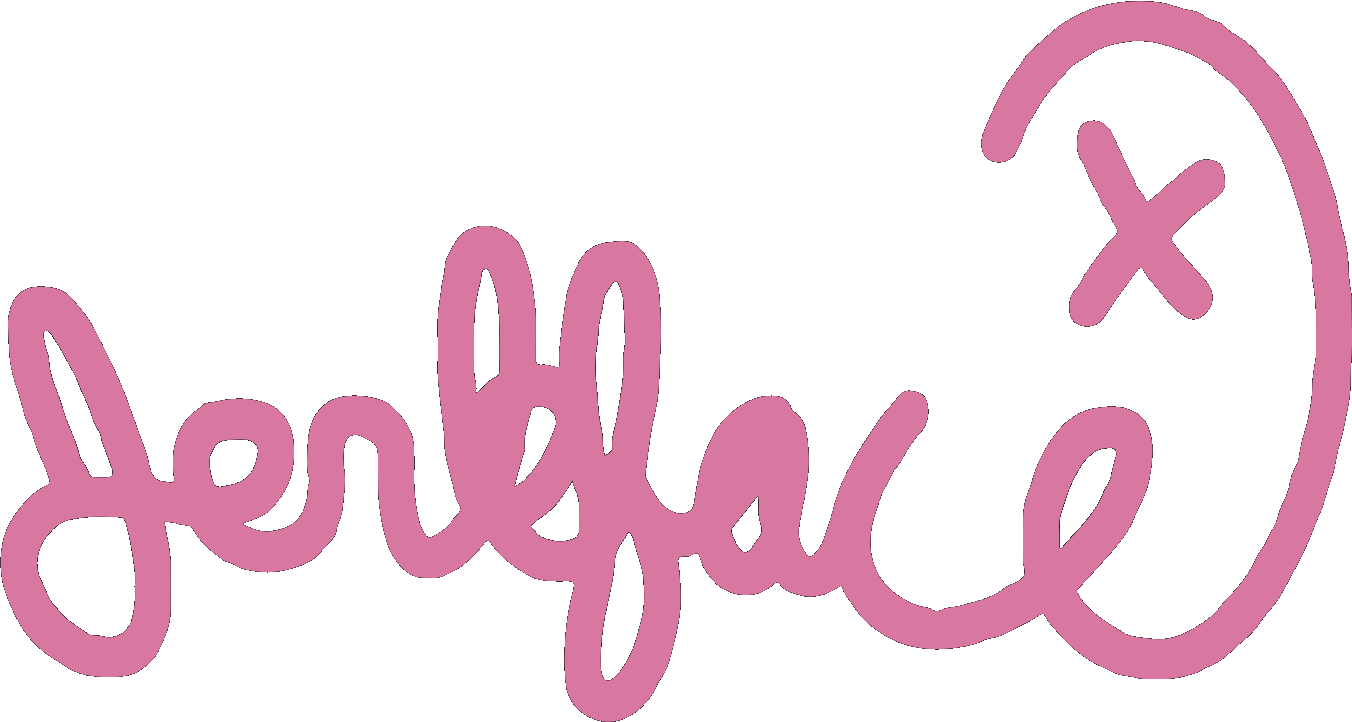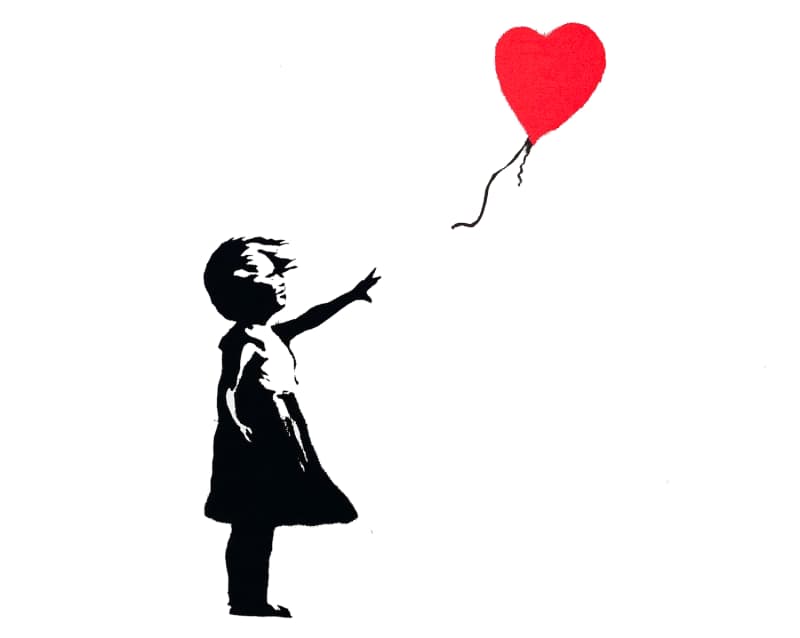Roy Lichtenstein
Biography
"I like to pretend that my art has nothing to do with me."
Among the most legendary artists of the 20th century, Roy Lichtenstein is a canonical figure of American pop. His prolific practice spans across painting, sculpture, murals and printmaking, with his works coming to define the pop art movement and art history itself for generations to come. His oeuvre reflects on the ubiquitous nature of consumer capitalism and interrogates how mass-produced imagery has influenced visual culture and collective social consciousness. Well-known for his signature Ben Day dot pattern, nearly all his subject matters are taken from comic books or advertisements. His most famous works are from his pop period in the early 1960s, including Crying Girl (1963) and Whaam! (1963).
Born in New York City in 1923, Lichtenstein graduated from the Franklin School for Boys in 1940, followed by an artistic education at the Ohio State University. His early influences include Rembrandt, Daumier and Picasso, with his favourite painting being Picasso’s monumental Guernica (1937). From 1943 to 1946, he served in the American military which was a big influence on his artistic iconography, with his later works being shaped by American national symbolism and mythology.
With an interest in mainstream culture, consumerism and appropriated imagery, Lichtenstein first created his signature pop art works in the early 1960s, rising to fame with other prominent members of the movement like Andy Warhol. Lichtenstein’s works blurred boundaries between high and low art, challenging the art establishment and reflecting on the interconnected nature of contemporary culture and consumerism. For his first solo exhibition at Leo Castelli Gallery in 1961 in New York, he created works featuring a Ben Day dot pattern, as a means of conveying texture and a mechanical effect. He incorporated comic book motifs like speech bubbles with fragments of text, as well as cartoon characters into his canvases, as seen in the paintings Look Mickey (1961) and Popeye (1961). His signature comic-strip works often featured the character of a young, attractive blonde woman, portrayed usually in distress and reflecting the stereotypical representation of women in American mainstream media and television, as seen in Drowning Girl (1963) and Crying Girl (1963). Another important Ben Day patterned work is the diptych Whaam! (1963), showing an image from a comic book depicting an American airplane firing missiles at an enemy aircraft.
Lichtenstein worked across various print media from lithographs and etchings to woodcuts. Significant print series include his Haystacks planographic print series (1969) inspired by Monet’s painting and his Expressionist Woodcut series inspired by German Expressionism, which he started experimenting with in the 1970s and 80s. The artist had many exhibitions in prestigious institutions and his work is held in collections around the world, including the Tate Modern in London, the Art Institute of Chicago, the Museum of Modern Art in New York and the National Gallery of Art in Washington, D.C. He died in New York in 1997.
Lichtenstein’s oeuvre continues to define the course of art history and his commercial market is still one of the most dominant, with paintings selling for record prices at auction. His current record is at $165 million for his classic Ben-Day dot painting, Masterpiece (1962), which sold in 2017 and also features his iconic motif of a speech bubble


Exhibitions

The Art of Printmaking

POST-POP!



